Research led by the University of South Australia (UniSA) has found that the “indestructible” per-and poly-fluoroalkyl substances (PFAS) may actually be removed from water by native hydroponic plants and may serve as a strategy to remediate PFAS water.
PFAS is a large and expanding group of manufactured chemicals widely used in everyday products.
It is found in Teflon for non-stick cookware and also found in firefighting foam to improve its effectiveness.
“In Australia, PFAS concerns often relate to the use of firefighting foam–especially legacy firefighting foam–which accumulates in the surface water of our waterways,” said Awad.
The collaboration between UniSA, CSIRO and the University of Western Australia (UWA) therefore looked into possibilities of removal from the environment.
Overall, the team observed, “that Phragmites australis was the most effective at absorbing chemicals through its roots and shoots.”
After plantation, PFAS chemicals gradually accumulated in the roots or shoots of the plants, with accumulation increasing with exposure time. However, the efficiency of the plants decreased as concentration increased, indicating a possible need for replantation.
Awad says that the wetlands they constructed can be used for remedial purposes by installing it “into existing urban environments, such as holding reservoirs and retention basins.”
He said CFWs as a remedial water treatment system is cost-effective as it does not require pumping or ongoing addition of chemicals, and along with the use of native plants, the system is a “truly clean, green and environmentally-friendly method for removing toxic PFAS chemicals.”
Though the findings of the research seem promising, the authors noted that the research was all conducted in laboratory settings and still needs real-world testing for the scientists to be certain the plants will help in a real-world setting.
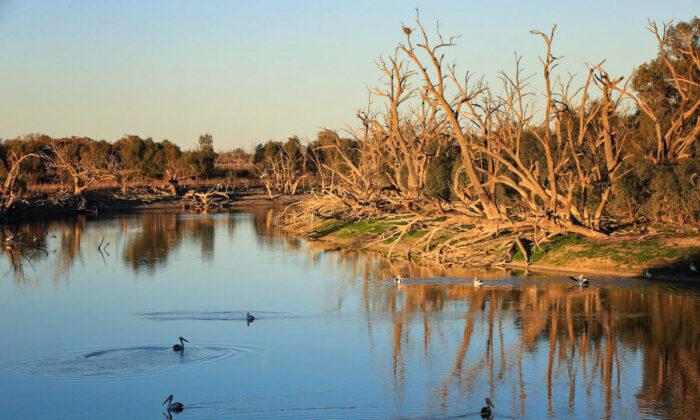

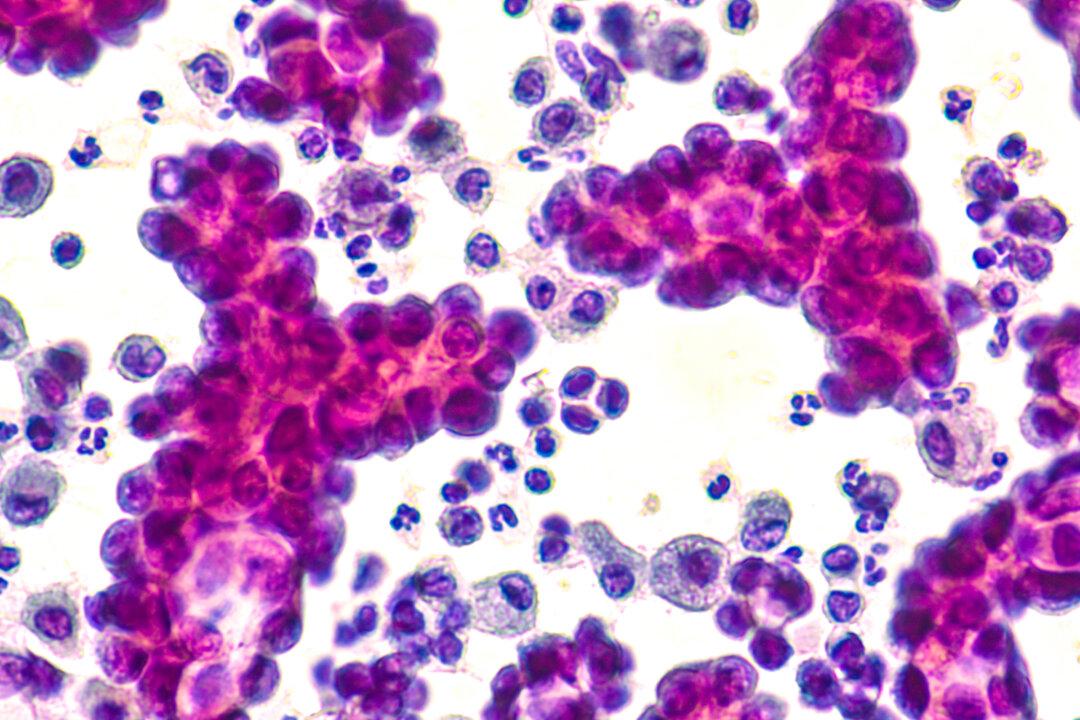
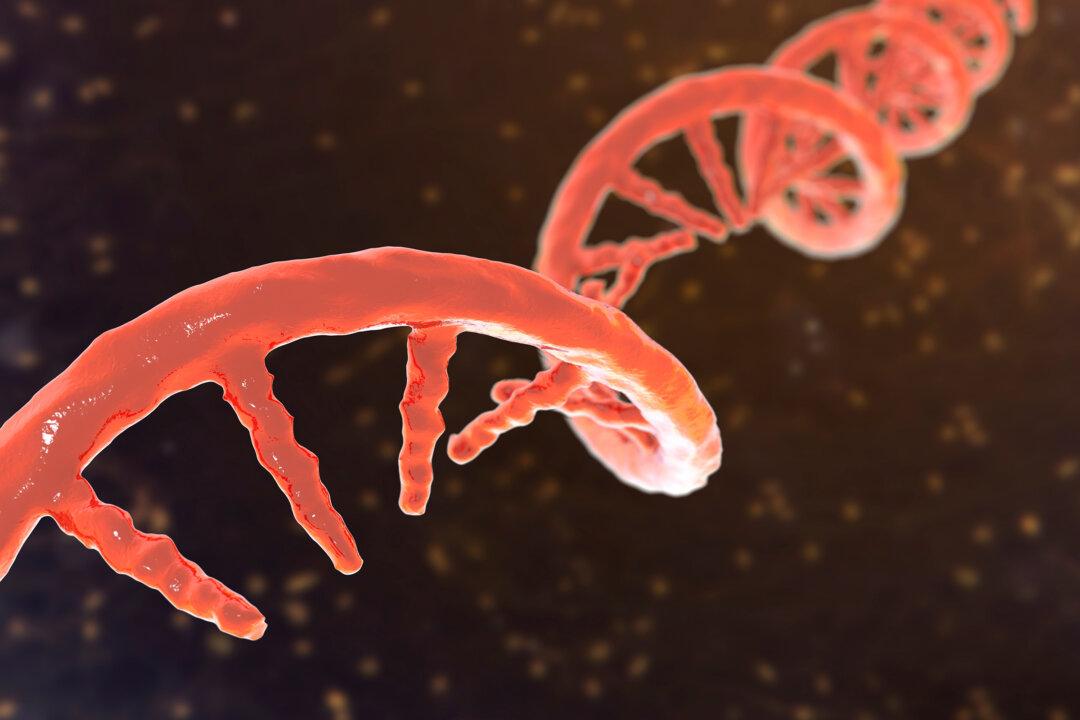
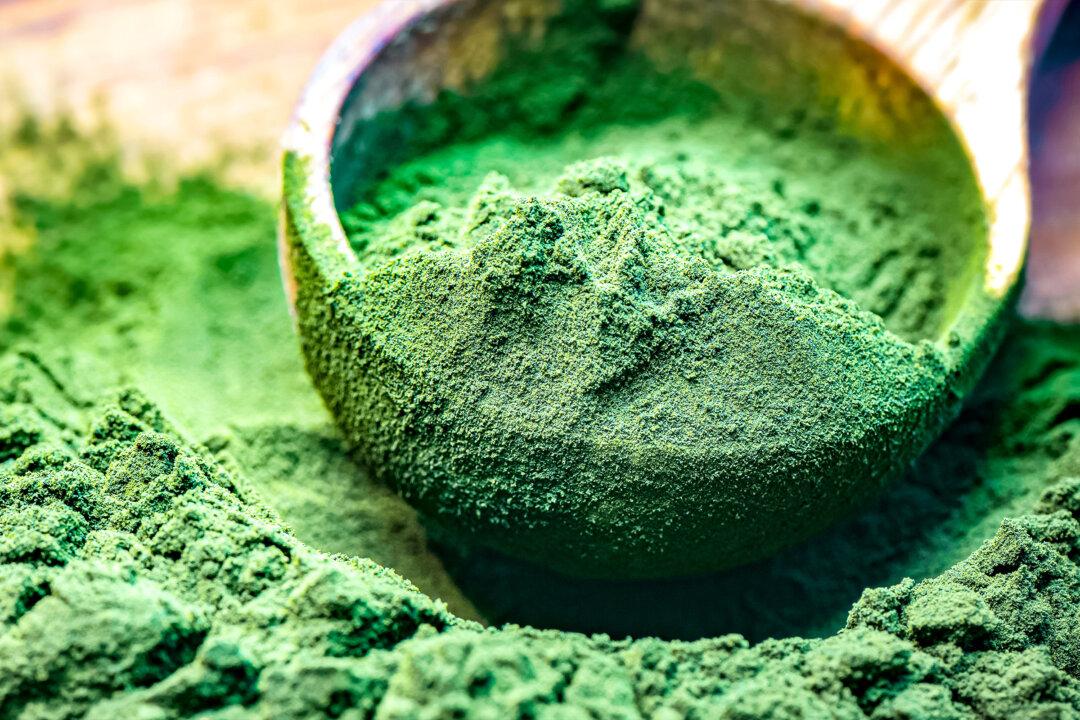
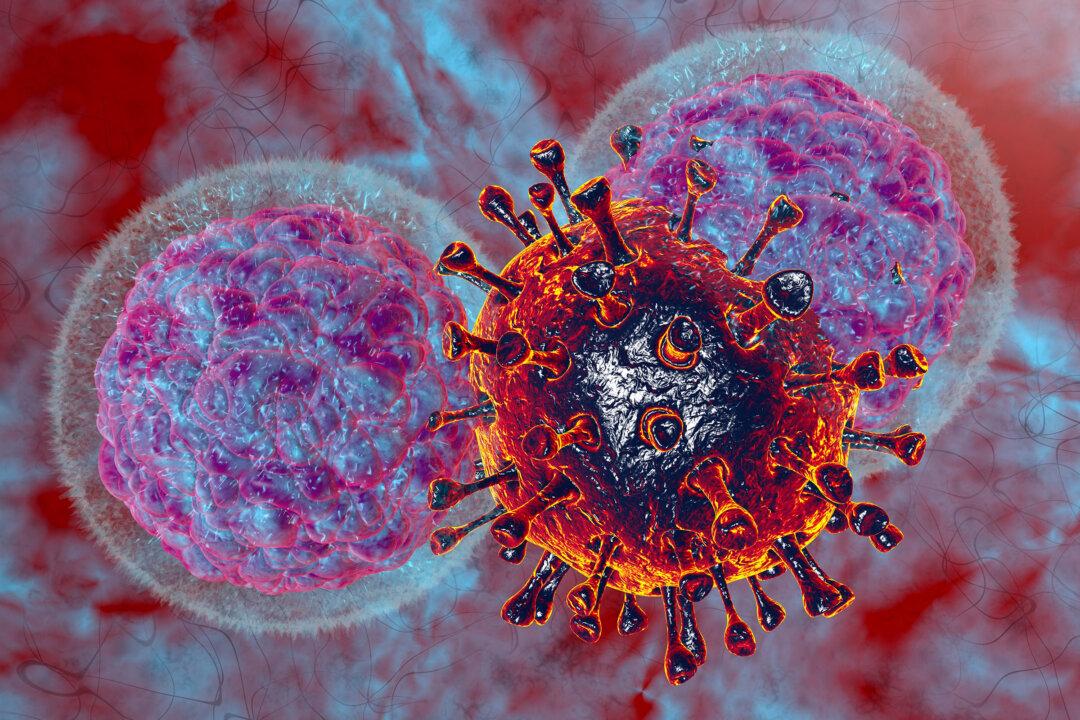
Friends Read Free